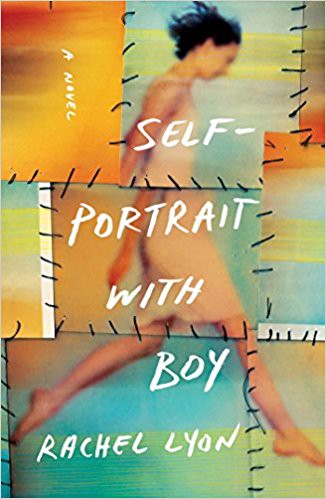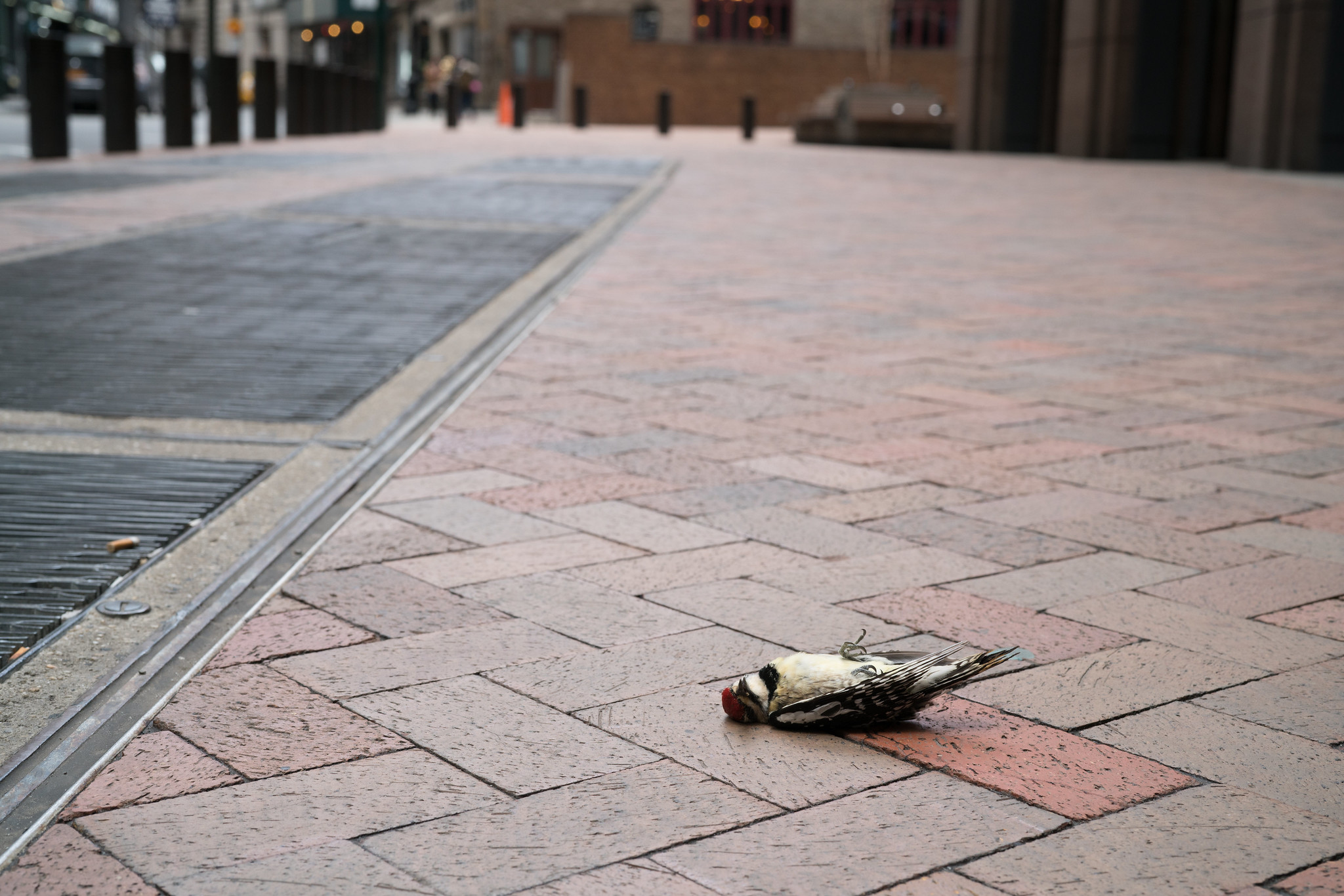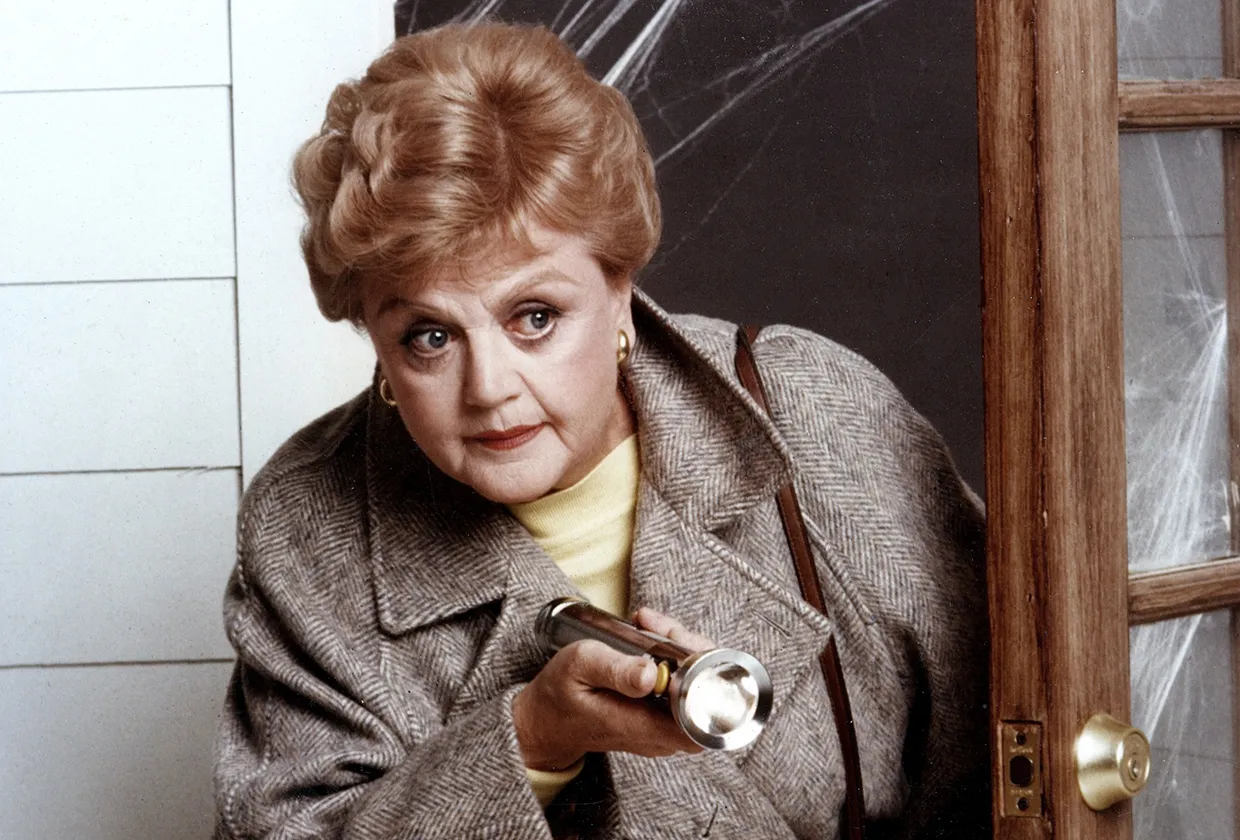Interviews
How Does a Tragedy Become Art?
Rachel Lyon, author of “Self Portrait With Boy,” talks about crossing boundaries through fiction

Capturing the most joyous, life-changing moments on camera is either a stroke of luck or the result of careful planning. The tragic instants that alter lives, however, are rarely images we want to frame; when they are caught on film, we’re left with certain questions: what to do with this tangible reminder of sadness? Who exactly owns the rights to this moment? The person, their family, the capturer?

The protagonist in Rachel Lyon’s debut novel Self-Portrait with Boy, Lu, takes a photograph that accidentally captures a young boy’s final moments. From there, she is faced with a dilemma. Does she exhibit the haunting but beautiful photograph to further her art career? Or keep it private and protect the family’s emotions?
In addition to exploring what role art should or should not play in tragedy, Lyon also focuses her novel on the gentrification of her childhood neighborhood, Dumbo, in the early 1990s. These two themes provide a formidable narrative of passion, struggle, and art.
I spoke with the author about the place for tragedy in art, and where she sees finds fiction in her realities.

Adam Vitcavage: Where did you get the idea for the photograph that is at the center of Lu’s story?
Rachel Lyon: I grew up in a building similar to Lu’s building in the book in Dumbo. Before I was really old enough to understand what was happening, a boy did fall from the roof and died. I wasn’t aware that that happened at the time. I found out about it in my twenties when I was writing more seriously. It became a generative image for me.
AV: When you found about the incident, did you immediately start writing about it?
RL: I don’t think I knew I immediately wanted to write about it. I did want to write about Dumbo because the neighborhood meant a lot to me. It disappeared very quickly after we moved out. It was transformed and the landscape looks very different now. I knew I wanted to write about that space and that time. The tragedy became kind of an anchor.
Suicidal Ideation and Who We Allow to Be Real
AV: When I first saw the title of the book and read the synopsis, I started to think about a lot of tragedies that became art or pop culture. The Falling Man from 9/11 comes to mind. Esquire wrote an article a few years back; it was a documentary; DeLillo has a book about it. Did you draw inspiration from how events like were incorporated into narratives?
RL: I was thinking about the Falling Man—I read that Don DeLillo book in grad school. It’s a strange, interesting novel. In undergrad, I took this course on ekphrasis writing, which is writing about other art forms and writing toward other art forms in some way. It was a natural extension of that approach.
AV: Do you feel if there is any event that is too personal to capture for art or to portray publicly?
RL: I think there are two answers. On one hand, if it’s someone else’s personal story it becomes debatable. We start talking about crossing boundaries in art and who gets to tell whose stories. Those are the questions raised in my book.
But there is also the question of whether anything of one’s own is too personal to make art from? That is only a reasonable question if we consider of how much perspective you can give something. There are personal things I can’t write about because I don’t understand them yet. They’re too deep inside of me. I have no way of putting them in words, nor giving them the kind of wisdom and perspective I want to give anything I write about. You can’t objectively understand things that are too personal to you.
Is anything of one’s own too personal to make art from?
There is a photo I saw while researching this book. It was a picture of a corpse. A naked corpse with a tag on his toe and you can see his penis. It’s really intense. I was thinking about the photographer when I was writing Lu’s story. I think all of those questions about crossing boundaries and using the story of a stranger and even a friend are really interesting. I don’t know if there is a right answer.
AV: The photo you bring up is interesting because a few months ago a YouTuber faced a lot of controversy about filming a hanged body in Japan’s suicide forest. How he presented it deserved the controversy but deep down I was thinking, “What if National Geographic sent someone on assignment and photographed the same body?” When does tragedy become okay in media?
RL: Yeah, you think about the monk setting himself on fire in Saigon during the Vietnam War and the power that image carried with it for awareness and change. Photography is a way of soliciting these strong feelings. I think context is everything.
AV: How do you use people’s stories to shape your own fiction?
RL: I like to quote to my students that old chestnut: good writers borrow and great writers steal. I don’t want to treat anyone disrespectfully. For instance, I purposefully didn’t want to learn anything about the family of the actual boy who died in Dumbo. I wanted to keep this fictional and keep it my story. I didn’t want to cross any boundaries.
I wanted to keep this fictional and keep it my story. I didn’t want to cross any boundaries.
You know I’m not a mother, I never lost anyone that close to me. It was hard for me to approach that grief when I was writing Kate and dealing with this grieving character. It was a kind of feeling that I found it hard to conceive of. Fortunately, I was writing in Lu’s voice, but when I was writing Kate’s dialogue and working on her character, I talked to someone who has lost people who are very, very close to her. I used some of her language there. I’m sure she recognizes her voice in certain parts of it and I hope she feels it was portrayed accurately and it feels true to her.
AV: With this lady, how did you broach the subject of you writing her experience into the book?
RL: We’re friends. We were talking about her life and so on. I did tell her that what she said was useful for me in terms of the book and that I would like to incorporate it. I can’t not bring in what I read, hear, see, and talk about into my work. Our brain is a big pile of junk and you take from it what you will and that’s what creates the novel.
Double Take: ‘The Epiphany Machine’ Takes Tragicomedy Into Terrifying New Corners
AV: Is the book you set out to write the book we know it as now?
RL: It changed a lot. I worked on it for a long time. Longer than I realized actually. A little while ago I was going through files on my computer and I came across some documents I had written before I went to grad school; so, around 2008 and possibly even earlier. There were dribs and drabs. I had this idea for a novel called The Love Artist which was about a character named alternatively Louise and Lucy who was using love as her medium and hurting people along the way. That was one concept that fizzled out. There was another document that was just a woman visiting her parents and there was a long scene of her driving up a highway in an old car. That made it into the book eventually. That was one of the oldest sections and it is outside of the plot but ended up in there.
Portrait has been through a lot of iterations. The penultimate draft was all in third person that had different POVs in it of three or four characters. When I got to the end of that draft I realized I needed to simplify. I went back and started writing chronologically from the beginning—all from Lu’s voice—once I figured out the plot.
AV: After that third person draft and going back, what was that process like? Was it as simple as changing the tense or did you completely re-write it?
RL: I had completed that penultimate draft and I knew it was a mess, but I just wanted it to be okay. I was listening to this podcast at the time called A Tiny Sense of Accomplishment which is Sherman Alexi and Jess Walter in conversation. They talk about process and share works in progress. It was fun to hear them hear them read their works in progress out loud and how they’re frustrated.
Sherman Alexi told this anecdote in one episode where he was a guest professor at an MFA or summer program and this woman working on a novel asked him from some advice about a novel that wasn’t coming together. She wanted to know how to finish it. He remembered something he heard about a filmmaker who would write his screenplays by taking a piece of lined paper and numbering it from one to forty five. Each page would be a scene and by the end of it that would be a story. Alexi said a novel would have more scenes than a movie so he suggested to number pages one to sixty scenes and go from there. She came back years later and she said it worked.
I could see the whole plot of the novel in front of me. I hadn’t been able to see before.
I heard that and I was struggling myself so I tried this whole sixty scenes thing. It works pretty well. I could see the whole plot of the novel in front of me. I hadn’t been able to see before. I kept the whole document minimized and I spent the next year and three months writing again with that outline.
AV: When you’re writing this draft, are you editing as you go?
RL: I made a rule for myself that I wasn’t allowed to edit as I was producing new material. I couldn’t get bogged down that way. I tried to write the whole draft. There were inevitably times when I had writer’s block and I just needed to edit.
I wrote the final line and spent thirty-six manic hours going back and copy-editing before sending it to the person who became my agent.
AV: Going forward with your writing, is this a process you’re going to continue with?
RL: In a way. I’m not going to do the sixty scenes because it’s hard to know exactly how many scenes you’ll need. For the current novel I’m working on, I’m writing chronologically. More or less. I started it that way and got to 150 pages. Now I jumped to the end. I’m going to have to spend some months filling in the middle third.










